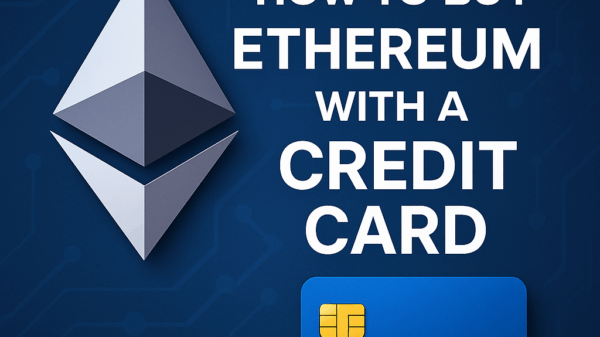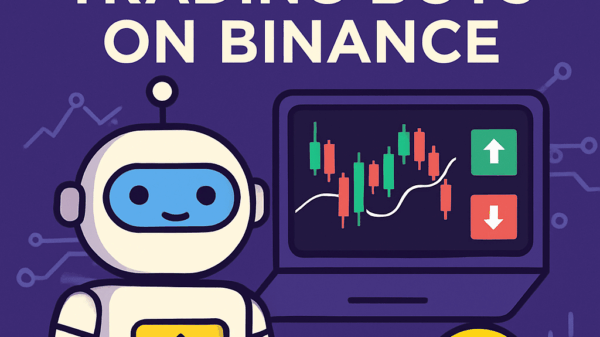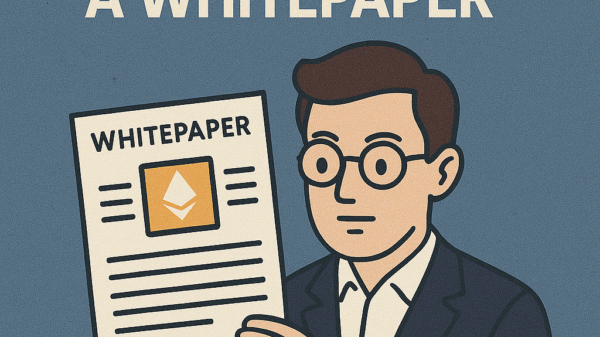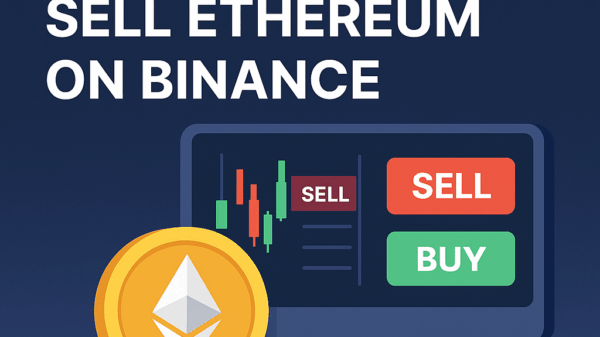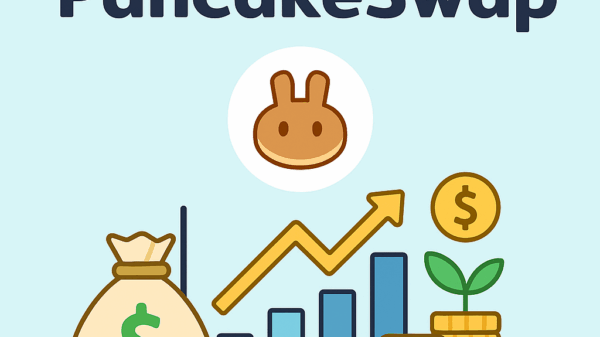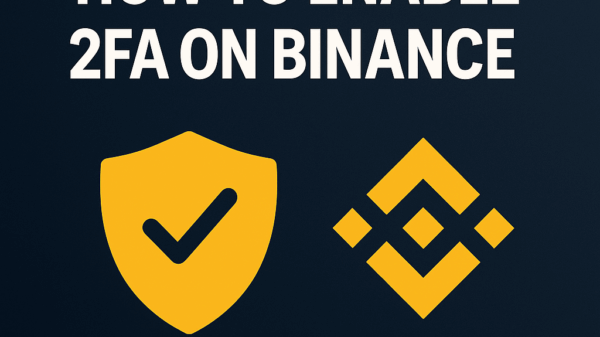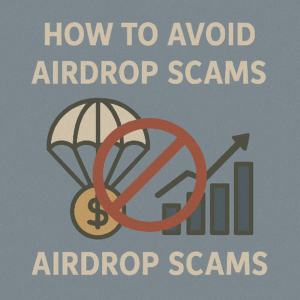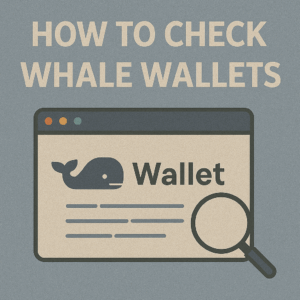How to Research Crypto Projects
By Jason Miller – Crypto Writer 10.expert 🧠 Covering Bitcoin, altcoins, blockchain & Web3.
As a crypto writer and analyst, one of the most vital skills you can develop in this industry is the ability to thoroughly research a crypto project. The crypto market, while full of innovation and opportunity, is also notorious for its scams, vaporware, and projects that simply fail to deliver. Simply relying on hype, social media trends, or what your favorite influencer is shilling is a recipe for disaster.
In 2025, with thousands of projects spanning numerous sectors – from DeFi and NFTs to GameFi, Real World Assets (RWA), and AI integration – robust due diligence is more critical than ever. The difference between a smart investment and a costly mistake often lies in the depth and quality of your research. This isn’t just about reading a whitepaper; it’s about connecting multiple data points, scrutinizing claims, and understanding the real-world viability of a project.
Let’s dive into how to research crypto projects like a pro.
How to Research Crypto Projects: Your Ultimate Due Diligence Checklist 🕵️♂️📝
Effective crypto research goes beyond surface-level information. Here’s a comprehensive guide to evaluating projects like a seasoned analyst.
Deconstruct the Whitepaper and Litepaper 📖
- The Blueprint: Start here. A whitepaper should outline the problem, the proposed solution, the technology, and the economic model (tokenomics).
- Clarity & Substance: Is it clear, well-written, and free of excessive jargon or buzzwords? Does it provide technical detail or just marketing fluff? (Refer to my “How to Read a Whitepaper” article for a deeper dive).
- Problem-Solution Fit: Does the project solve a real problem that requires blockchain technology, or is it a solution in search of a problem?
Analyze the Project’s Vision and Use Case 🎯
- Core Purpose: What is the project trying to achieve? Is its vision ambitious yet realistic?
- Real-World Utility: Does the token/project have a genuine use case beyond speculation? How does it integrate with existing industries or create new value?
- Market Opportunity: What is the total addressable market for this solution? Is there significant demand?
Scrutinize the Team and Advisors 🧑🤝🧑
- Transparency: Are the team members doxxed (publicly identified)? Avoid projects with anonymous teams unless there’s an exceptionally strong decentralized community and a clear, verifiable track record (very rare and still risky).
- Experience & Expertise: Research their professional backgrounds (LinkedIn, GitHub, past projects). Do they have relevant experience in blockchain, software development, business, or the specific industry the project targets?
- Track Record: Have they been involved in previous successful projects or, conversely, failed ones? Look for a history of execution.
- Advisory Board: Are the advisors genuinely reputable and actively contributing, or are they just “name drops” for marketing?
Deep Dive into Tokenomics (Token Economy) 📊
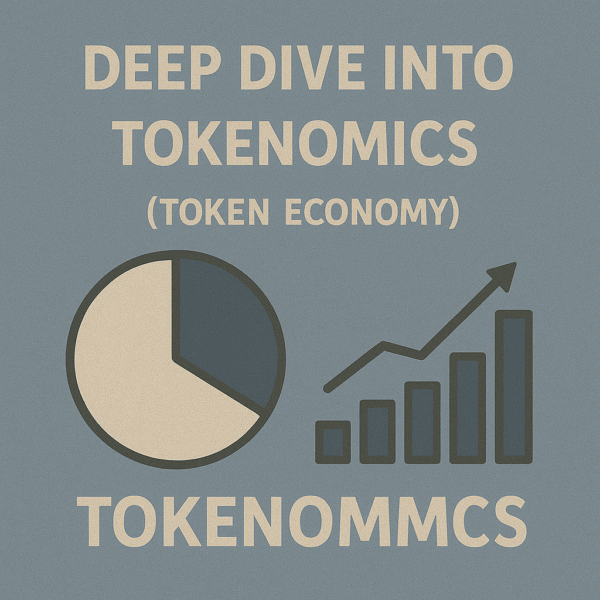
- Token Utility: What is the token’s specific function within the ecosystem? (e.g., governance, staking, payment, access rights, burning mechanism).
- Supply Dynamics: Understand total supply, circulating supply, max supply, and emission schedule. How will new tokens enter circulation?
- Distribution: How are tokens allocated (team, private sale, public sale, treasury, ecosystem rewards)? Is the distribution fair and decentralized, or highly concentrated?
- Vesting Schedules: Are team and early investor tokens subject to long vesting periods to prevent immediate dumps?
- Inflation/Deflation: Are there mechanisms for token burning or inflation that impact long-term value?
Evaluate the Technology and Roadmap ⚙️
- Underlying Tech: What blockchain is it built on? Is it a new Layer 1, a Layer 2, or a dApp? How does its technical architecture work?
- Innovation: Does it introduce novel technical solutions, or is it a derivative of existing projects?
- Development Progress: Check GitHub activity. Is the code open-source and actively being developed?
- Roadmap: Is the roadmap clear, detailed, and realistic? Have past milestones been met on time? Look for tangible deliverables, not just vague promises.
Assess Community and Ecosystem Strength 💬
- Engagement: Is there an active, engaged, and growing community on platforms like Discord, Telegram, X (Twitter), and Reddit?
- Sentiment: What is the overall sentiment around the project? Is there genuine discussion or just hype and price speculation?
- Developer Community: For foundational protocols, is there a thriving developer community building on top of it?
- Partnerships: Are there meaningful partnerships with other reputable projects, companies, or institutions?
Examine Market Metrics and Exchange Listings 📈
- Market Capitalization: Understand its current market cap and fully diluted valuation (FDV). How does it compare to competitors?
- Trading Volume & Liquidity: Healthy volume and liquidity on reputable exchanges (CEX and DEX) indicate strong interest and ease of trading.
- Exchange Listings: Is it listed on top-tier exchanges? Being on smaller, less liquid exchanges can be a red flag (or an early opportunity if combined with other strong signals).
- Price History: Analyze its price performance over different timeframes. Look for significant pumps and dumps that might signal manipulation.
Review Security Audits and Risks 🔐
- Smart Contract Audits: Has the project undergone security audits by reputable third-party firms (e.g., CertiK, Halborn, Quantstamp)? Are the audit reports publicly available, and were critical vulnerabilities addressed?
- Security Measures: What measures are in place to protect user funds and the network itself?
- Acknowledged Risks: Does the whitepaper or official documentation transparently discuss potential risks, challenges, and limitations?
Investigate Competition and Competitive Advantage ⚔️
- Competitor Analysis: Who are its direct and indirect competitors (both in crypto and traditional industries)?
- Unique Selling Proposition (USP): What makes this project stand out? What is its sustainable competitive advantage?
- Market Positioning: How does it plan to capture market share and sustain its position?
Analyze Regulatory Landscape and Compliance ⚖️
- Jurisdiction: Where is the team based, and where does the project operate?
- Regulatory Risk: Is the project operating in a gray area, or does it show commitment to navigating evolving regulations (e.g., KYC/AML, securities laws)?
- Legal Opinion: Some projects obtain legal opinions on their token’s status (e.g., not a security).
Look for Funding and Financial Health 💰
- Funding Rounds: How was the project funded (ICO, private sales, VC rounds, grants)?
- Treasury Management: How are project funds managed and allocated for development, marketing, and operations? Is there transparency around spending?
Utilize On-Chain Analytics 📊
- Block Explorers (Etherscan, Solscan): Track token distribution, large transactions, contract interactions, and gas usage. (Refer to my “How to Use Block Explorers” article).
- Whale Watching: Monitor large wallet movements for signs of accumulation or distribution. (Refer to my “How to Check Whale Wallets” article).
- Dune Analytics/Token Terminal: Explore community-built dashboards for in-depth metrics like Total Value Locked (TVL), daily active users, revenue, and protocol fees for specific projects.
Check for Red Flags and Warning Signs 🚩
- Unrealistic Promises: Guaranteed returns, “to the moon” hype without substance.
- Lack of Transparency: Anonymous team, vague whitepaper, no GitHub activity.
- Poor Communication: No regular updates, unresponsive community managers.
- Excessive Token Concentration: Too many tokens held by a few wallets.
- Pump & Dump History: Suspicious price action with large, sudden spikes followed by crashes.
- Plagiarism: Whitepaper or website content copied from other projects.
- No Clear Use Case for Token: The token feels unnecessary to the project’s function.
Leverage Crypto Research Tools 🛠️
- Data Aggregators: CoinMarketCap, CoinGecko (for market data, rankings, “Recently Added” coins).
- Charting Platforms: TradingView (for technical analysis).
- On-Chain Analytics: Nansen, Arkham Intelligence, Glassnode, Dune Analytics, DeFiLlama.
- News & Research: CoinDesk, Cointelegraph, The Block, Messari, Delphi Digital.
Develop Your Own Research Framework and Document Findings 🧠
- Systematic Approach: Create a personal checklist or rubric for evaluating projects consistently.
- Record Keeping: Maintain a detailed log of your research for each project, noting key findings, red flags, and your conclusions. This helps you track your investment thesis and learn from past decisions.
- Time & Patience: Thorough research takes time. Avoid rushing into investments due to FOMO.
Researching crypto projects is an ongoing process of learning and adaptation. By applying these rigorous methods, you’ll significantly increase your chances of identifying genuinely innovative projects and navigating the crypto market with greater confidence and success.

